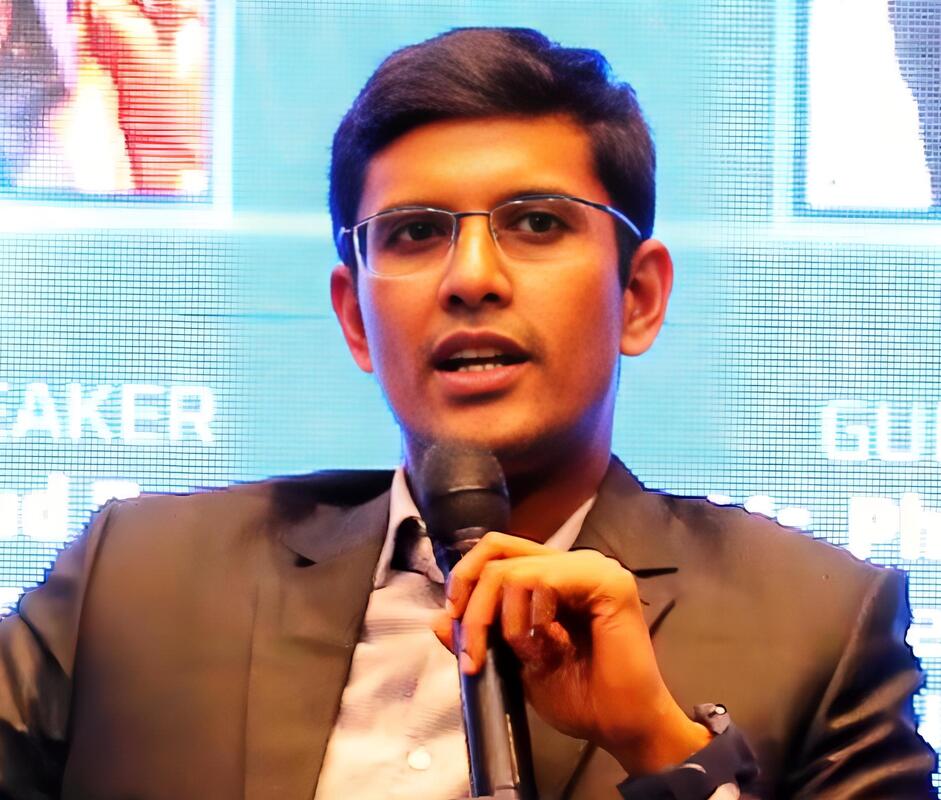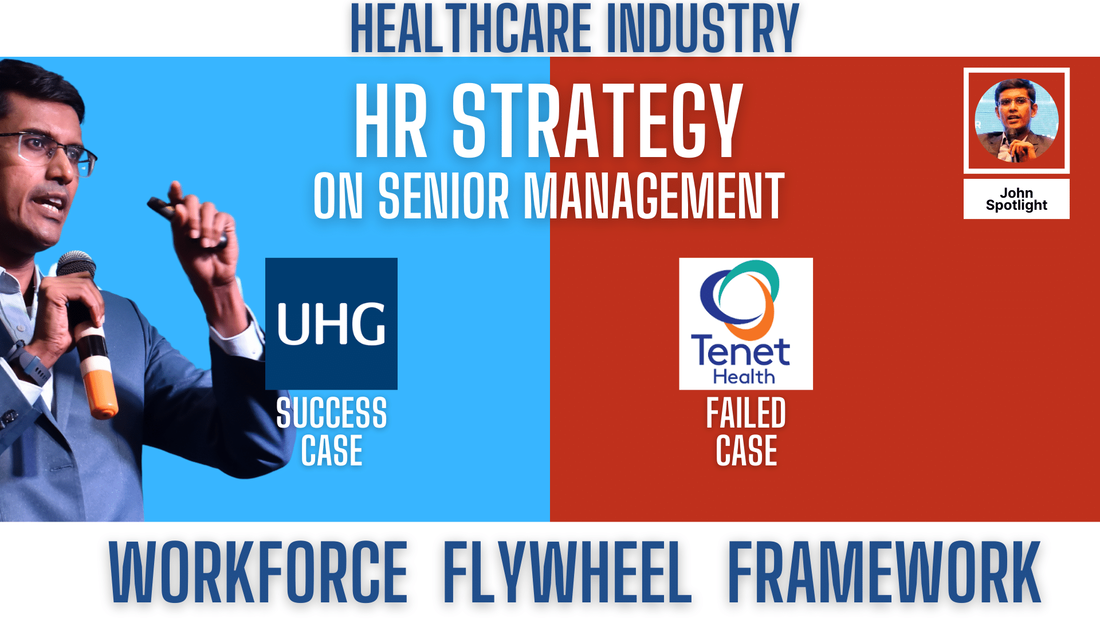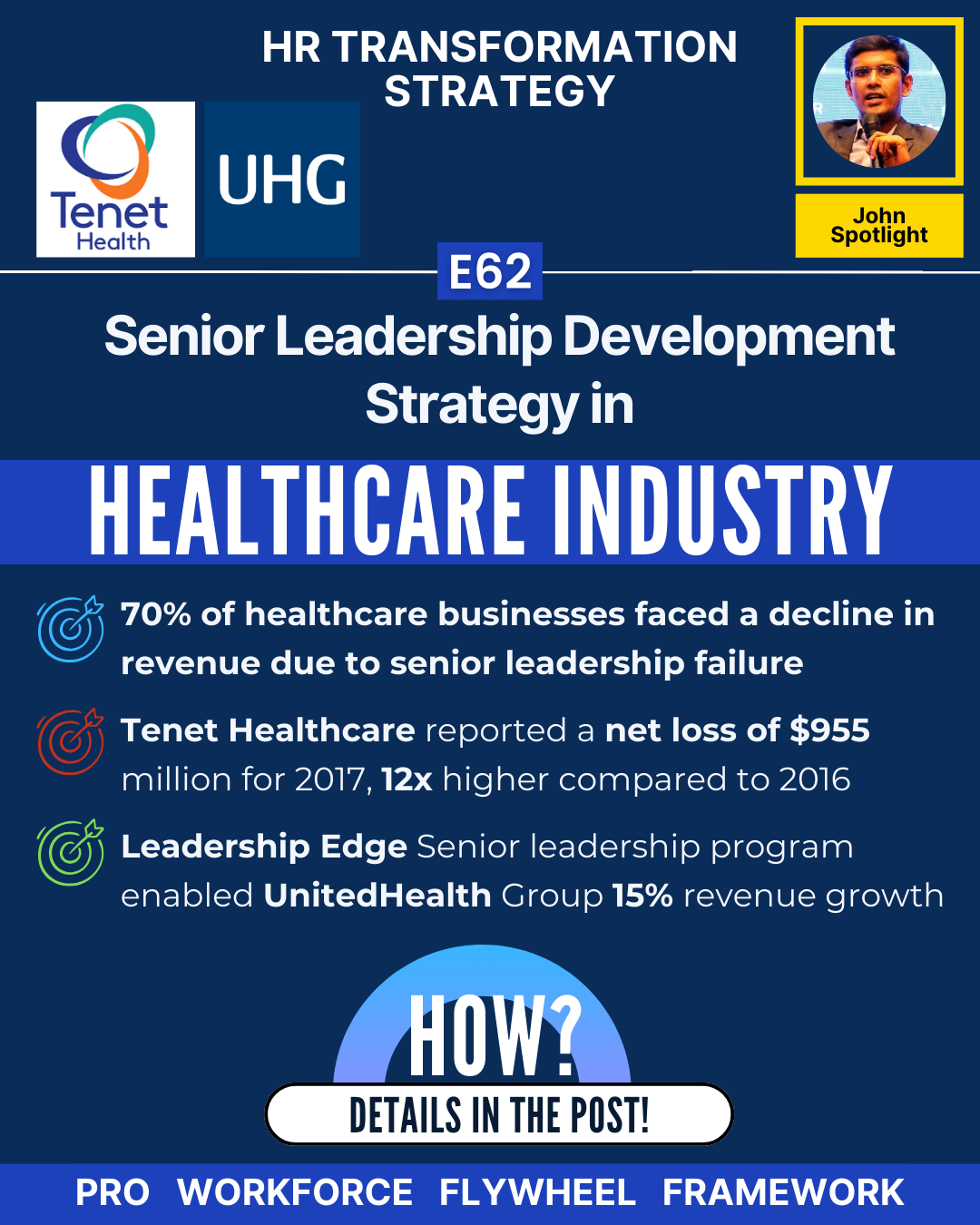|
This issue has escalated from a simple people issue to an extreme cultural crisis. Today, we focus on HR branding, which is crucial. How often do we encounter situations where we avoid hiring from certain companies due to their negative culture? HR professionals, HR leaders, and business leaders, let's delve into these scenarios and see how they resonate with you:
If any of these situations sound familiar, this video is perfect for you. I will share tools and research to address these issues effectively. Research InsightsOur research, conducted since 2021 across 200 companies, revealed some startling insights. Of these companies, 40% were multinational, 40% were local corporations, and 20% were established startups. We discovered that in companies with profitability below 5% growth, 80% of the workforce was either actively or passively seeking new opportunities. Another insight was the disconnect between leaders and employees. Leaders often view employees as obstacles rather than extensions of their efforts. This mindset is prevalent in about 85% of companies surveyed. Addressing the Cultural IssueThis is a significant issue that has become ingrained in company culture. In our study of hundreds of companies, we found that 30% suffer from a severely negative culture. To solve this problem, we utilize the Workforce Flywheel Framework, which consists of three columns: Disciplined People, Disciplined Process, and Disciplined Culture. The issue we're addressing today falls under Disciplined Culture. Building a Positive CultureCreating a positive culture involves two fundamental steps:
Further Resources For a detailed, step-by-step guide on building a disciplined culture, check out my book, "100x Business Workforce." This book offers practical tools, templates, frameworks, and research to help you create a flywheel effect in your workforce, taking your company from its current level to the next. Access and ResourcesTo get your copy of the book, join the priority list here. You'll receive early access notifications and additional bonuses, tools, and resources to facilitate your HR transformation. Joining the list is free and requires no credit card.
For more insights into the other columns of the Workforce Flywheel Framework, watch my other videos linked in the description. Additionally, check out the free scorecards available in the description to assess your workforce's current state. These scorecards provide industry benchmarks and expert advice to help you improve productivity and effectiveness. For further assistance, book an appointment with our experts via the link provided.
0 Comments
The Pro Workforce Flywheel Framework is a strategic model designed to create and sustain momentum in workforce development, ultimately driving business growth and success. This framework focuses on a continuous cycle of improvement and optimization in various aspects of workforce management, from recruitment and training to employee engagement and performance management. Building a flywheel effect in a business can create sustained momentum and drive long-term success. The question is how? Here are the key benefits of developing a flywheel effect: Continuous Improvement and Growth:
Enhanced Efficiency and Productivity: As the flywheel gains momentum, processes become more efficient and streamlined. The cumulative effect of repeated actions and optimizations leads to higher productivity and reduced operational costs.
Increased Customer Satisfaction and Loyalty: Consistently delivering value and positive experiences to customers builds trust and loyalty. As satisfied customers become repeat buyers and advocates, they contribute to the flywheel's momentum, driving further growth.
Sustainable Competitive Advantage: The flywheel effect creates a self-reinforcing cycle that is difficult for competitors to replicate. As the business continuously improves and grows stronger, it establishes a sustainable competitive advantage.
Resilience and Adaptability: A well-built flywheel enables a business to adapt to changes and challenges more effectively. The momentum generated by the flywheel helps the organization remain resilient and responsive to market shifts and disruptions.
Scalability and Long-Term Success: The flywheel effect supports scalable growth by building a solid foundation of efficient processes, customer loyalty, and continuous improvement. As the business scales, the flywheel's momentum accelerates, driving long-term success.
Employee Engagement and Development: A flywheel effect fosters a culture of continuous learning and development. Employees are more engaged and motivated when they see their contributions driving tangible results and growth.
Reinforced Brand Reputation: Consistent delivery of value and positive experiences enhances the company's brand reputation. A strong reputation attracts more customers, talent, and business opportunities, further fueling the flywheel.
In summary, building a flywheel effect in a business leads to continuous improvement, increased efficiency, higher customer satisfaction, sustainable competitive advantage, resilience, scalability, employee engagement, and a reinforced brand reputation. These benefits collectively drive long-term profitability and success, creating a virtuous cycle of growth and momentum.
To know how to build Pro Workforce flywheel in your company, let's get the Pro Workforce flywheel framework here The concept of an infinite game mindset in business comes from Simon Sinek's book, "The Infinite Game." An infinite game has no defined endpoint; the goal is to keep playing and ensure others can continue as well. In business, this means focusing on long-term success rather than just short-term victories. While short-term victories are crucial, particularly in business operations, they primarily sustain the business. In our highly transformative and competitive world, growing a business organically by solely focusing on operations is nearly impossible. What we need is to create a flywheel effect. The Flywheel Effect in Business The flywheel effect in a business context involves building momentum through a series of small, consistent actions that lead to significant and sustainable growth. Similar to a flywheel in machinery, which gains speed and energy over time with initial effort, businesses can achieve exponential growth by continuously improving processes, enhancing employee skills, and fostering a positive culture. These incremental improvements create a compounding effect, leading to increased efficiency, productivity, and a powerful competitive advantage. This approach underscores the importance of persistence, consistency, and strategic focus for long-term success. Creating the Flywheel Effect: Discipline in People, Process, and Culture As HR and business leaders, our goal is to create a flywheel effect in our workforce. This will ensure that every step we take adds more value to the business. Great companies often have a flywheel working in their favor, giving them a significant advantage in creating breakthroughs and sustaining growth. 1. Discipline in People To build the discipline people column, focus on two fundamental bricks: Level 5 leadership and productivity/effectiveness.
Example: A mid-sized tech company identified a gap in mid-level management and implemented a leadership development program. Over two years, internal promotions increased by 30%, reduce hiring and rehiring cost by 80% and productivity improved by 20%.
Example: A retail chain used performance metrics to identify underperforming areas. By introducing targeted training and clear performance goals, they boosted sales by 15% in those locations within six months. 2. Discipline in Process The discipline process column focuses on creating a game manager effect within the HR department, which manages the company's infrastructure.
Example: A manufacturing firm focused on streamlining its leadership capabilities and enhancing the employee experience. To achieve this, the firm developed and deployed processes and approaches to assess these two factors comprehensively. Subsequently, they initiated consistent projects to foster a culture and build an employee brand that positioned them as one of the best employers in the industry. This strong employer brand attracted high-caliber talent, which further propelled the company's growth and success. 3. Discipline in Culture A disciplined culture is essential, similar to cooking and cleaning up after a meal to prepare for the next one.
Example: A fast-growing startup aimed to double its business revenue each year by prioritizing and developing a strong company culture. The startup defined core values centered around innovation and customer satisfaction. By creating and deploying this culture first, they implemented regular workshops and team-building activities to embed these values deeply within the organization. This strategic focus led to a 40% increase in employee retention and a 30% boost in customer satisfaction ratings, ultimately driving significant revenue growth and establishing a robust foundation for sustained success. Conclusion By developing these three columns and consistently improving them, you can create a domino effect in your company. A single, strategic action can set off a chain reaction, leading to a series of positive outcomes across the organization. For more resources on building your company's flywheel effect, download bellow. No fees required—just valuable insights to help you get started. Useful Resources:
Feel free to reach out if you need further guidance or support in implementing these strategies. Together, we can create a thriving, resilient business.
Case Study: Tenet Healthcare's Senior Leadership Failure resulted in a staggering $955 million net loss in 2017. Avoid such pitfalls by learning from their mistakes. Healthcare Industry and Leadership Insights: Harvard Business Review reported that 70% of healthcare businesses experienced a decline in revenue due to senior leadership failure. Impacts on business Revenue due to Senior Leadership Failure This happened to Tenet Healthcare which resulted in a net loss of $955 million for 2017, compared to a net loss of $79 million in 2016. Why?
How can I avoid such revenue loss? UnitedHealth Group focused on senior leadership development and successfully increased net income to $10.6 billion in 2017, compared to $7.1 billion in 2016, representing a growth of 49% Here are United Healthcare Group strategies:
P.S. Among those strategies, which one will be most affordable for you to apply to your company? References & Sources
Author Details John Masud Parvez, Top International Coach and Business Expert More Details:
More Help for you
|
Categories
All
AuthorWe are writing to share you about all the positives we, VSHR Group is making |
We are being featured
and presented in different RENOWNED Media, Press, conferences and platforms
VSHR Office AddressHead Office: 222 Dien Bien Phu, District 3, Ho Chi Minh, Vietnam.
Leadership Hub: 155 Ben Van Don, District 4, Ho Chi Minh, Vietnam. |
|
WHAT WE BELIEVE IN
In Marvel comics super heroes come from sky. But in real life, the true super heroes/ heroines always live among us. So let's do our part and make a great positive impacts for the industry and community together."
Connect with us
Copyright © 2024, by VSHR Group














 RSS Feed
RSS Feed

